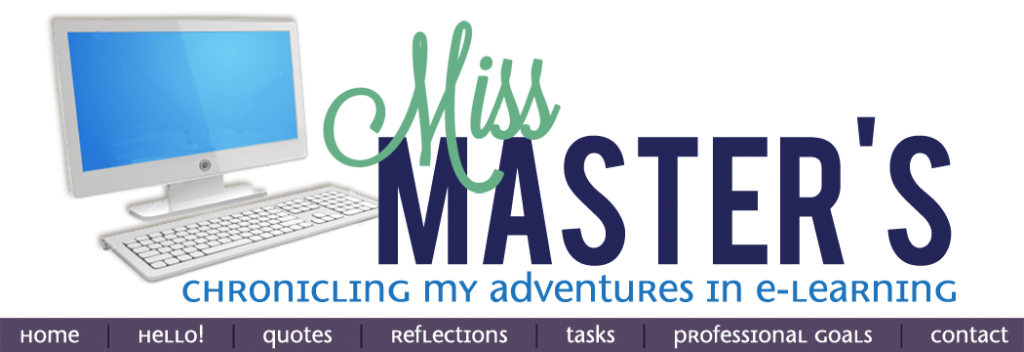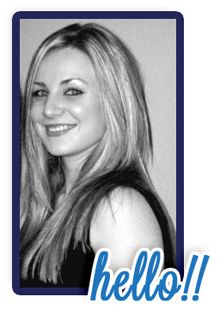“The emotional,
social and physical development of young children has a direct effect on their
overall development and on the adult they will become. That is why
understanding the need to invest in very young children is so important, so as
to maximize their future well-being” (Encyclopedia on Early Childhood
Development, 2011).

The first International Early
Childhood Education Community I decided to focus on this week is The United
Nations Children’s Fund (UNICEF). UNICEF appealed to me as an organization
because they focus on assuring equality for children. “UNICEF promotes the
rights and well-being of every child, in everything we do. Together with our
partners, we work in 190 countries and territories to translate that commitment
into practical action, focusing special effort on reaching the most vulnerable
and excluded children, to the benefit of all children, everywhere” (UNICEF,
2015). Their website outlines numerous programs that UNICEF provides supporting
children around the world. They improve children’s lives, providing health care
and immunizations, clean water and sanitation, nutrition, education, emergency
relief, and more. The UNICEF focus is to build a world where the rights of
every child are realized. (UNICEF, 2011).
Job Opportunity: Education
Specialist (Early Learning)
Under the general guidance of the Senior Education Advisor,
the incumbent will provide technical expertise and guidance in early childhood
development specifically in early learning and school readiness through inter-sectoral
and inter-disciplinary approaches.
Job Requirements:
Advanced university degree in Education, International
Development, Child Development, Social Sciences or a related technical field.
Eight years of relevant work experience at the national or
international levels in education programme planning, management, monitoring,
and evaluation, with a specific focus on early learning.
Knowledge and experience of (I) The global development
context; (ii) Global developments in education; (iii) Policy dialogue in
education; (iv) Education systems and sector planning; (v) Education and policy
sector analysis; (vi) Rigorous programme management in education; (vii) Engagement with partnerships; (viii) Strong
understanding of gender in relation to education.
Fluency in English required. Proficiency in another UN
language (i.e. Arabic, Chinese, French, Russian, Spanish) would be an asset.
I believe that I
would be right for this job in many ways and fulfil most of the requirements. I
have been donating to UNICEF for many years and have also participated in
several of their fundraisers. I would love to be involved with an organization
such as UNICEF because they are true advocates for children and families living
in unjust circumstances in dire need of support.

The second international organization
I chose to investigate is the Association for Childhood Education International
(ACEI). The ACEI has a commitment to “support and advocate for access to
education, equity in educational settings, quality educational content, and the
child’s right to education” (ACEI, 2015). This was my first time encountering
the ACEI and I believe that it is a great organization because its goal is for
all children to be successful. “ACEI members have acted as social change
agents, involving themselves in various
critical societal issues in their efforts to ensure that children around the
world are protected, supported, and educated in ways that allow them to reach
their full potential” ( ACEI, 2015).
Job Opportunity: Although
there were no jobs currently listed or available at the ACEI I was still very
excited about their vision and passion for the education of all children and
will continue checking to see if anything comes up in the future.
Job Requirements: The
ACEI’s slogan “Bright Futures for Every Child, Every Nation” would be important
to appreciate and support if I were to work for their organization. I believe that
this demonstrates that in order to work for the ACEI I would need to be an
advocate for children and their education and passionate about the importance
of this endeavor. I also believe that as an international organization
appreciation and awareness of multiculturalism and diversity would also be
crucial.
 The third International Early
Childhood Education Community I decided to research is The Division for Early
Childhood (DEC. The focuses on the optimal development of young children (0-8)
who are at risk for developmental delays and disabilities. “The DEC started in
1973 by a group of volunteers who cared deeply about the development of young
children with special needs” (DEC, n.d.). The DEC holds professional
development international conferences, they have e-newsletter, and they have
subdivisions across states.
The third International Early
Childhood Education Community I decided to research is The Division for Early
Childhood (DEC. The focuses on the optimal development of young children (0-8)
who are at risk for developmental delays and disabilities. “The DEC started in
1973 by a group of volunteers who cared deeply about the development of young
children with special needs” (DEC, n.d.). The DEC holds professional
development international conferences, they have e-newsletter, and they have
subdivisions across states.
Job Opportunity: There
are many jobs listed on the website. One that really stood out for me is that
of the Early Childhood Researcher.
Job Requirements: The
job requires experience with quantitative and qualitative data analysis,
instrument design, data collection, early childhood development, and early
childhood programs. Must have substantive expertise in a field such as
education, public health, special education, early childhood development, or
human services. Outstanding writing, speaking, and project management skills
and the ability to work collaboratively are required.
The job also requires a Ph.D. in education, early childhood
education, child development, developmental psychology or related field. This
was a bummer when I read this requirement because although I have a lot of experience
and feel as though I would be prepared to work in this role I would not be
qualified as of right now without a Ph.D. Again, this is another website that I
will continue looking back on to see if any other opportunities present
themselves.
It was a great experience this week to see so many
international organizations with children at the heart of their commitment.
From UNICEF’s commitment to each and every child having equal rights to basic
necessities, to the ACEI and their concern with global education for all
children and the DEC’s concern with all children especially those with various
exceptionalities and disabilities having the right to meaningful education.
References
Associate for Childhood Education International. (2015).
Retrieved from http://acei.org/about-us/about-us
DEC. Division for Early Childhood. (2014). Retrieved from http://careers.dec-sped.org/jobs/6950452/early-childhood-researcher
Encyclopedia on Early Childhood Development. (2011). Importance of early childhood development.
Retrieved from http://www.child-encyclopedia.com/importance-early-childhood-development
UNICEF. (March 30, 2015). Retrieved from
http://www.unicef.org/about/who/index_introduction.html






























.jpg)
.jpg)

.jpg)





.jpg)




